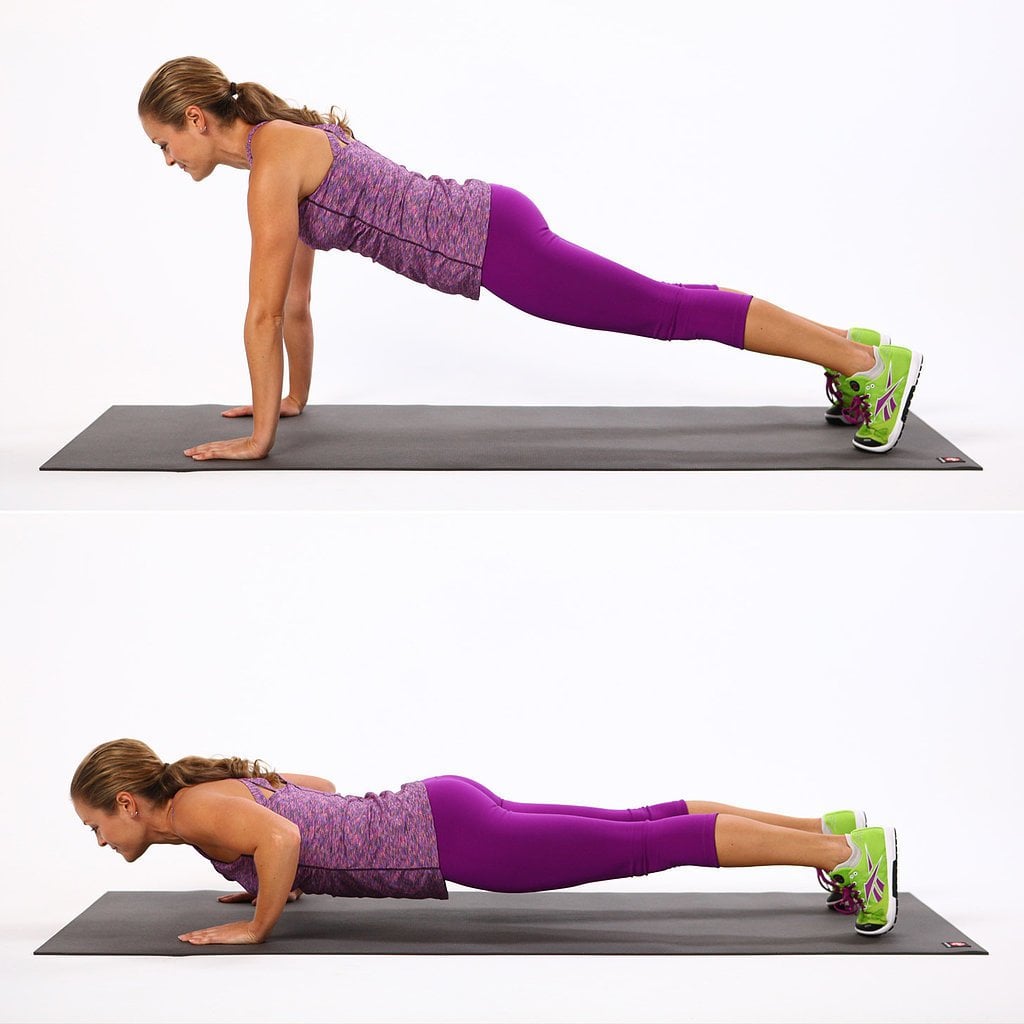In the hustle and bustle of modern life, the importance of physical activity often takes a backseat, leading to sedentary lifestyles that contribute to a myriad of health issues. The rise in conditions such as obesity, type 2 diabetes, and cardiovascular diseases is alarming, with heart attacks and strokes affecting even younger individuals.
The risk of heart-related problems tends to escalate after the age of 40. However, the silver lining lies in regular exercise, with certain activities proving exceptionally effective in reducing the risk of heart attacks. A study conducted by the Harvard School of Medicine highlights the role of push-ups in decreasing the likelihood of severe cardiovascular conditions.
The Push-Up Advantage: Harvard's Findings
Published in the Jama Network, the study led by the Harvard School of Medicine delved into the benefits of push-ups and explored the timing and frequency of these exercises. The participants of the study were individuals from the fire brigade, and the results they yielded were enlightening. The study found that individuals capable of completing 40 push-ups in just 30 seconds exhibited a significantly lower risk of heart attacks, heart failure, and other cardiovascular issues over the next decade. On the contrary, those who managed fewer than 10 push-ups in the same timeframe showed a heightened susceptibility to heart attacks.
The Mechanism Behind Push-Up Benefits
Push-ups engage a multitude of muscle groups in the body, making them a comprehensive exercise. This engagement promotes flexibility and nerve liberation, ultimately leading to improved muscle function. The beauty of push-ups lies in their adaptability for home workouts, and they contribute to enhancing strength in various body parts. The exercise involves coordinated movement in the muscles of the arms, chest, hips, and legs. When performed moderately and consistently, push-ups positively impact heart health. Regular practice of push-ups enhances the heart’s resilience to stress, thereby increasing its capacity to withstand challenging situations, ultimately leading to the normalization of blood pressure.
The Importance of Awareness and Safety
While push-ups offer significant benefits for heart health, it's imperative to consider your body's capacity, especially if you're over 40. Prior to embarking on a push-up regimen, it's recommended to evaluate whether your heart can withstand the pressure of this exercise. The Treadmill Test (TMT) serves as a crucial tool for this purpose. For a 40-year-old individual, the heart rate during exercise should not surpass 180 beats per minute. Crossing this threshold might elevate the risk of sudden heart attacks. Therefore, seeking professional medical advice and undergoing necessary tests becomes imperative to ensure your safety.
Incorporating Push-Ups into Your Routine: Practical Steps
If you're considering adding push-ups to your fitness regimen to boost heart health, here's a step-by-step guide to get you started:
Consultation with a Medical Professional: Before starting any new exercise routine, especially if you have any underlying health conditions or are above 40, consult a doctor. A medical professional can assess your health and provide personalized recommendations.
Assessing Your Current Fitness Level: It's essential to gauge your current fitness level before jumping into push-ups. Begin with a few repetitions and gradually increase the intensity over time.
Proper Form: Maintaining proper form is crucial to prevent injuries. Start with modified push-ups (knees on the ground) if you're a beginner and progress to standard push-ups as your strength improves.
Warm-Up and Cool Down: Like any exercise, warming up before push-ups and cooling down after is essential. Engage in light cardiovascular activities and stretches to prepare your muscles.
Gradual Progression: Avoid rushing into high-intensity push-ups right away. Gradually increase the number of repetitions and sets as your body adapts.
Rest and Recovery: Allow your muscles time to recover between push-up sessions. Overtraining can lead to fatigue and injury.
Balanced Diet: Combine your exercise routine with a balanced diet rich in nutrients. A healthy diet complements the benefits of exercise for heart health.
Consistency: Consistency is key when it comes to reaping the rewards of any exercise. Set a realistic schedule and stick to it.
Conclusion: Prioritizing Heart Health Through Push-Ups
In a world where sedentary lifestyles and unhealthy eating habits contribute to a surge in heart-related ailments, the significance of regular exercise cannot be overstated. The Harvard School of Medicine's study on push-ups serves as a beacon of hope, offering a simple yet effective solution to reduce the risk of heart attacks and other cardiovascular conditions. Push-ups, with their comprehensive engagement of multiple muscle groups, not only enhance strength but also foster heart resilience and blood pressure normalization.
However, it's crucial to approach this exercise regimen with awareness and caution, especially for those above 40. Seeking medical guidance and following a gradual progression plan ensures that you reap the benefits of push-ups while prioritizing your safety and well-being. So, lace up your sneakers, consult your doctor, and embark on a journey towards a healthier heart through the power of push-ups.

No comments:
Post a Comment